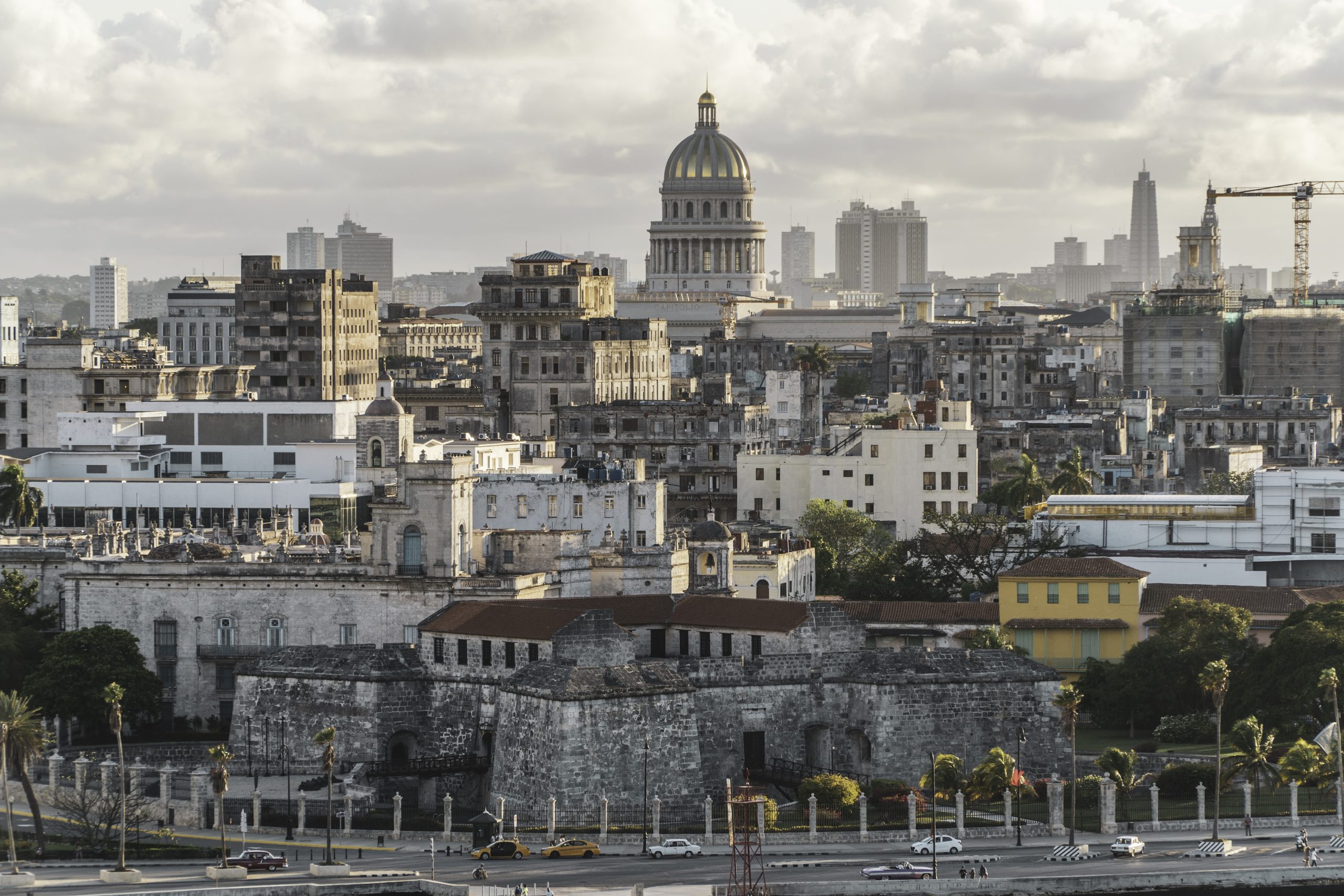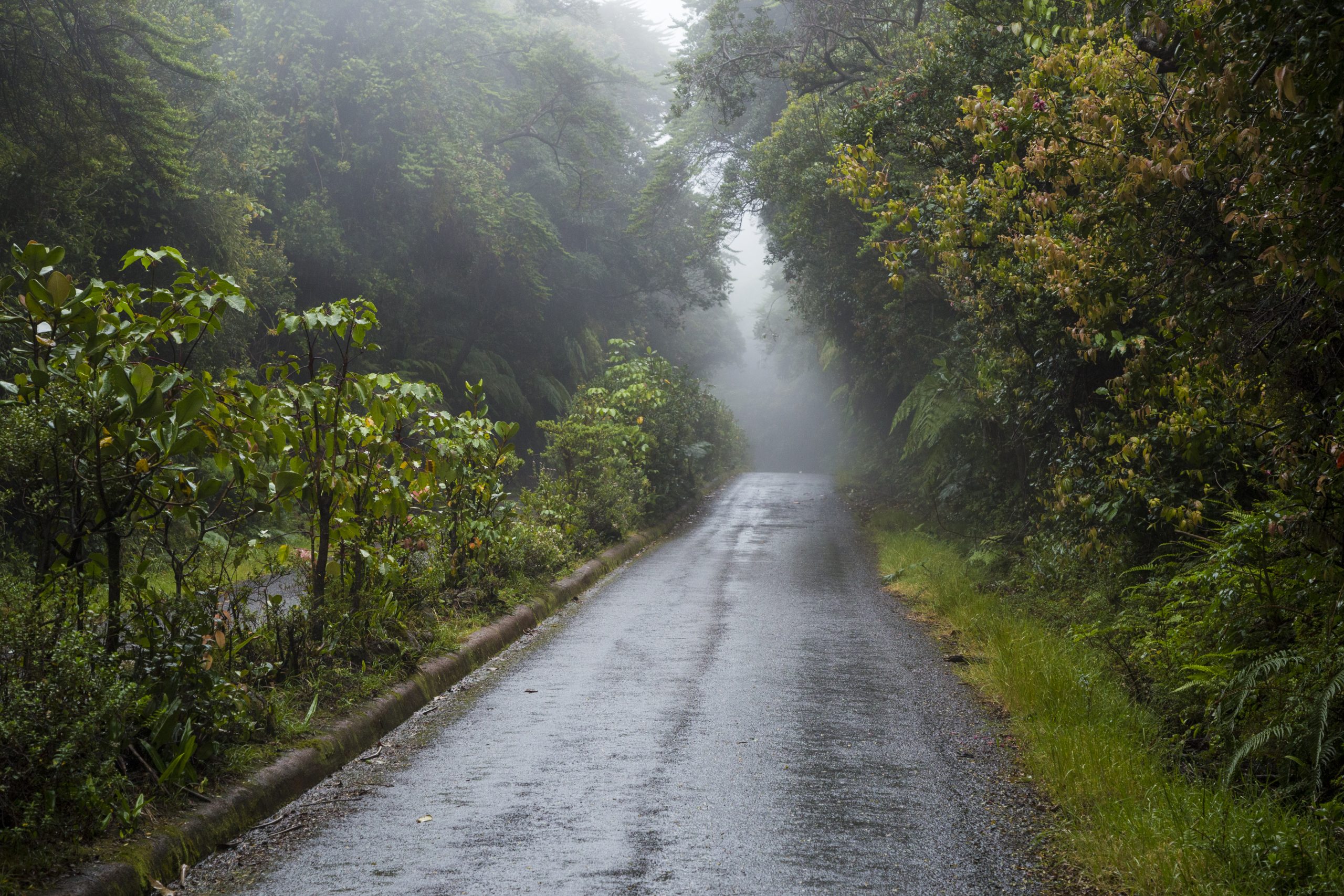Cuba
Microclimates“The climate is the great secret of the Cuban ron”.
In the charm of Cuba there are different microclimates that vary depending on the area of the island. This variety of climates and atmospheres generates a wide range of sugarcanes.

Western Cuba
In the north-west area of the island of Cuba the climate is ventilated.
The area is more exposed to short and sudden descents of fresh air from the United States, which bring slightly cooler and windier days and some rain.
- average rainfall: 1410 mm
- average temperature: 25.5°
- average humidity: 76%
Central Cuba
In the central part of Cuba the climate has less humidity and more moderate temperatures.
This area has a predominantly flat landscape, with slight hilly undulations. The humidity level is lower and the rains are frequent.
- average rainfall: 1580 mm
- average temperature: 24.5°
- average humidity: 71%


Eastern Cuba
In the south-eastern area of the island of Cuba the climate is warmer and more humid.
This part of the island is washed by the Caribbean sea. Winter is warmer, especially along the southern coast, where Cuba’s climate is summery even in the months from December to February.
- average rainfall: 1120 mm
- average temperature: 26.5°
- average humidity: 84%
91 native
sugar
canes

We reveal to you the reason why the climate is called “the great secret of the Cuban ron”.
The richness of the microclimates present in the Cuban territory offers the opportunity to grow a vast range of sugar cane varieties, each carrying a unique essence.
There are 107 varieties of sugar cane on the island, of which 16 are of international origin and 91 are indigenous, therefore present only and exclusively in Cuban territory. There is no other territory in the world with this particular variety, characterized by 55% more sugar than the world average (40%).
This diversity of sugar allows for multiple flavors to be created in the world of Cuban ron.
The development of sugar canes in Cuba is not only due to the richness of the climate, but also to the presence of exceptional soil.
It is precisely the combination of air, wind, rain and earth that allows for the development of sugar canes that grow only in Cuba.
The sugar cane harvest takes place in the winter period, normally between December and mid-February. In these months, sugar canes in Cuba reach their maximum level of maturation.
This plant, so special for ron, was introduced to Cuba as early as 1493, the year of Cristoforo Colombo’ second voyage. About sixty years later it was already part of industrial agriculture organized for territories delimited to the population.

The two seasons of Cuba
The climate is characterized by two seasons: the dry season with relatively low rainfall, from late November to mid-April, and the warmer and more humid rainy season, from late April to early November.
The rains are intense throughout the period, with a short break in the month of July, in which they manifest themselves in the form of intense and short thunderstorms that arrive during the afternoon hours, leaving room for the sun immediately afterwards.
The period between June and November is also characterized by the hurricane season; Tropical storms and cyclones generally come from the east and hit Cuba especially in the eastern part.


The dry season in Cuba, from the end of November to the beginning of April, coincides with the winter season and is characterized by a pleasant climate with temperatures that vary between 26 and 28°C.
Rainfall is significantly reduced, although still possible on the northern slopes, which are more exposed to fresh influxes from the United States. On these occasions, particularly from December to March, temperatures can drop to 10°C, especially in the north-west part of the island, where both the capital Havana and Varadero are located.
The southern coast, however, is more rarely hit by the cold.
